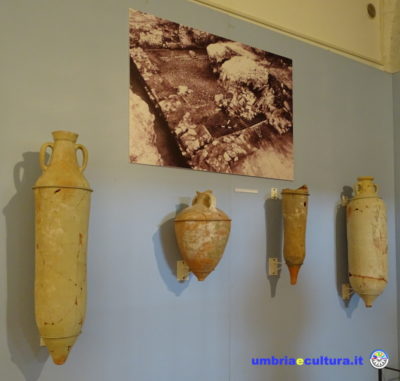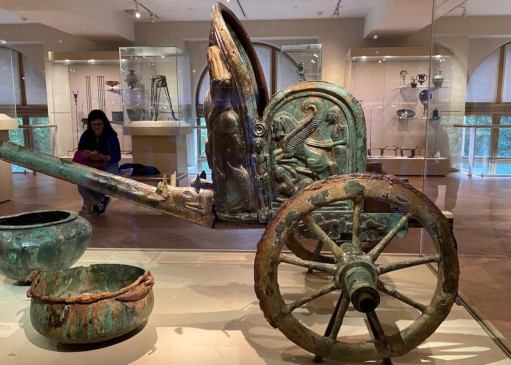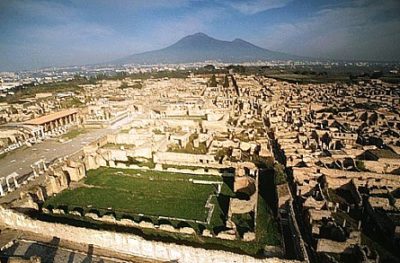From 1988 to 1992, an excavation campaign was conducted in the archeological site of Poggio Gramignano, directed by prof. Soren of the University of Tucson, focused on the architecture of a Roman villa, bringing to light an extraordinary colonnaded atrium of which the lower part of the walls and the polychrome mosaic floor still exist.
However, the richness of the architectures would not have made the villa of Poggio Gramignano a site of exceptional interest: the archaeological investigation, in fact, took a different and unexpected direction after a cemetery of children was found on the western side of the villa.
The small victims, as many as 47, were buried without particular precautions, except for the some of them that were laid in amphorae already used. They were very young babies, precisely 21 of them are probably aborted fetuses, 12 newborn babies, some were 5 or 6 months old and one from 2 to 3 years old, buried with them the skeletons of some animals.
The extraordinary nature of the discovery lies in the fact that these little victims were buried in that place in a very short space of time, evaluated in a few months; this fact led to suppose that a serious epidemic had spread in those places, reaping numerous victims. The presence of animals, buried together with the children, made us think of a magical ritual (crow’s claws and toad skeletons were found) in an extreme attempt to stop the ecatomb, or to some persistent pagan belief despite the spread of Christianity.
The cemetery dates back to the 5th century a.C., the villa was then “reused” for this purpose after being definitively abandoned since the 3rd century. Extensive research carried out thanks to new investigation methods, such as those used in forensic medicine, revealed that the children were victims of a serious malaria epidemic. An epidemic so virulent that it was probably considered one of the causes that contributed to the definitive decline of the Roman Empire, in that period, due to repeated invasions by barbarian populations. Hence the extreme importance of these excavations that goes far beyond archaeological interest.
There are many exciting questions about Poggio Gramignano that have not yet been answered: where are the adults buried? Were they Roman or were they part of some other population? Where did they live? Which religion did they profess? To these and many other questions we hope that the new excavation campaigns will provide the answers and shed light on what happened in this piece of land 1500 years ago.
The finds found during the previous excavation campaign can be admired at the Lugnano in Teverina Antiquarium, which houses the remains of two small victims, a bone doll, probably a magical amulet, some fine ceramic table finds, objects in terracotta, lamps and parts of the mosaic and terracotta floors.
Benedetta Tintillini
Find the Poggio Gramignano archeological site on Google Maps:



